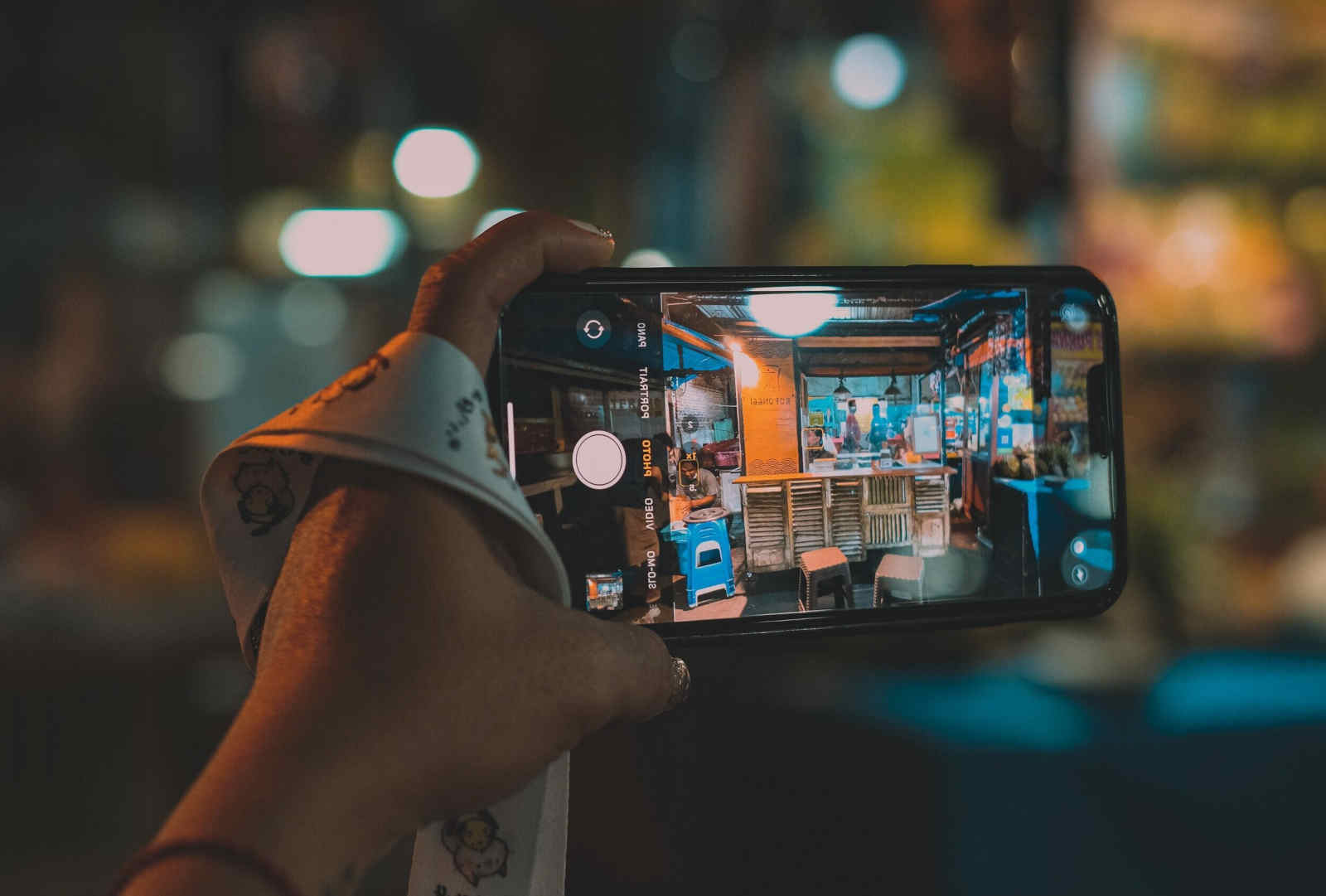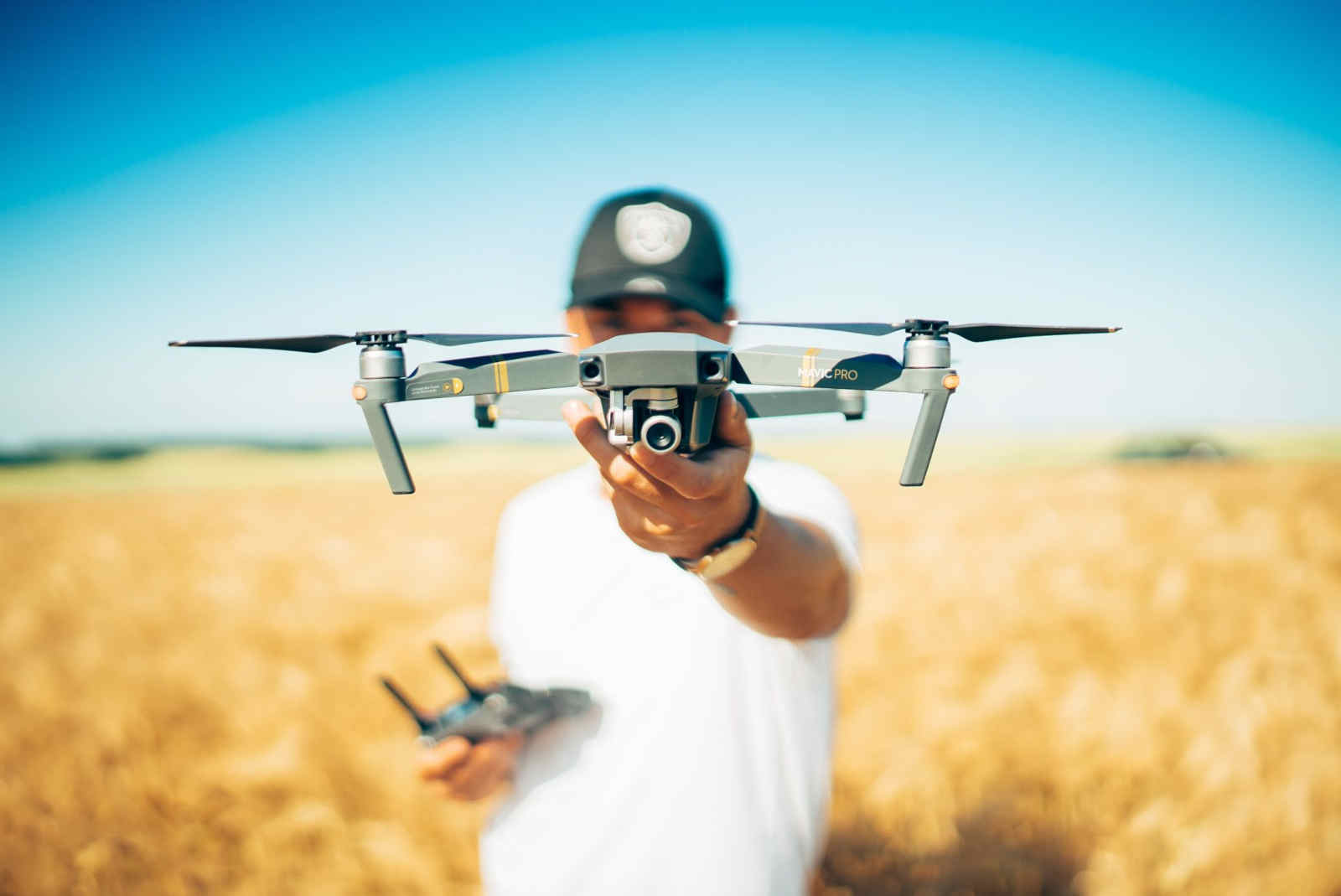
Trends in remote video production EN
In 2020-2022, many entrepreneurs had to restructure their business to a remote format. For some businesses, this has triggered a qualitative change. Based on practical experience and observations of trends, we’ll tell you how the video advertising market is already changing and what video content will be in demand in the coming years. And if you’re looking for video production in San Francisco or the surrounding area, you can always get in touch with our MarketMe Video team.
Those businesses that have had to go abruptly to a remote location have become in dire need of online advertising. And the majority of entrepreneurs have chosen to advertise in the format of short videos for social media: storis, prerolls, tic-tac-toe. The length of these videos is from 15 to 30 seconds. The main purpose is to grab a user’s attention and encourage them to click on a link to learn more about the product.
Producers are shooting less and less at customers’ locations and more remotely at local photo studios and chromakey studios. Also more 2D and 3D animated videos are being created without travelling around the city and behind monitors. Companies from other cities and countries are actively looking for performers in the regions.

3 factors that have influenced this change:
– Ubiquitous periodic travel restrictions.
– The desire of customers in big cities to save budgets, which has led them to turn to the regions.
– For short videos of 15 seconds in length, aimed primarily at the primary capture of attention, there is no need to plan a live shoot at difficult or distant locations, you can use graphics, add dynamics and achieve success with this.
Video advertising is beginning to be actively used by representatives of various areas of the IT industry: services for those who earn money online, online and offline events, educational platforms, and so on. These areas do not initially need video footage. Screenshots, animation elements, titles, music and voice-over are used. We see the same potential in video production bay area.
Sometimes the video needs to be translated into several languages for foreign audiences. For this purpose, there are freelance markets where you can choose a narrator for any task.

The remote creation of an advertising or presentation video of the goods occurs according to the tried and tested scheme:
- online presentation of the product for the production team via Skype or Zoom,
- concept development, coordination via messenger chat,
- estimation, agreement,
- writing the initial script, agreement,
- sending the advertised product from the customer to the production office,
- unpacking, finalizing the script, coordination,
- full-fledged object shooting and on location,
- selection of music, coordination of the track,
- creation of a video,
- making final adjustments, delivery of the completed clip to the customer,
- sending the filmed product back to the customer.

Video for e-commerce and crowdfunding platforms is another area of video advertising that is being actively developed. They have their own rules, obligatory and desirable points to consider. For example, for the Kickstarter platform, it is desirable to have people of different nationalities in the frame, and locations as close to European and American realities as possible.
The calculation is simple: the more observant the platform’s rules are and the more effective the visuals are, the more attention they will attract and the more likely they are to raise the money needed for production.
As a rule, such customers do not look for productions on the principle of geographical proximity, but for those whose portfolio already has similar videos for platforms (Wildberries, OZON, etc.) And when they find a suitable one in a remote location, they order it.
Thus, the pandemic has increased the interest of businesses in video advertising and helped regional video producers overcome the territorial barrier several years faster than they would have in the natural previously conditions.

In summary, the main changes in the video advertising market are
– companies are actively searching for low-cost productions in order to save money,
– On the remote market, most video clips are made with animation and footage. This trend is supported even cool companies such as Coca-Cola,
– production of commercials for small products is also going to remote,
– super-short videos of 15, maximum 30 seconds are trending.

Based on my analysis of the current situation, I would guess what kind of video content will be in demand in the future:
– the orientation of video will be towards animation and motion design,
– The neural network will eliminate the need to look for actors, although large companies will still use well-known media personalities,
– short videos will remain in trend, but as users develop ad blindness, as has happened with banners, longer videos that combine ads with useful content will also be in demand.



